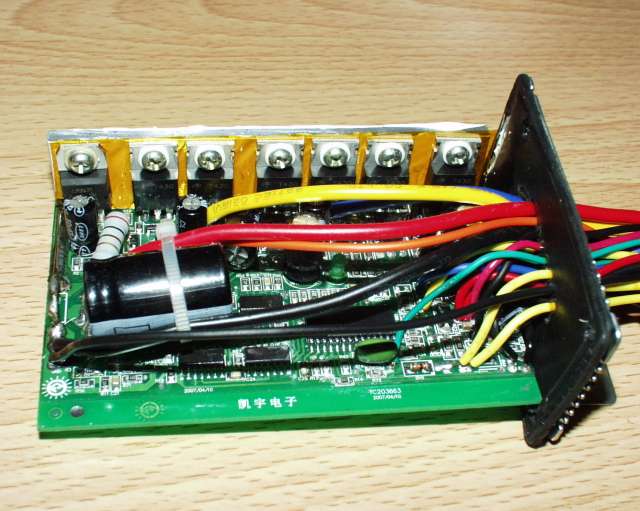I finally got the bearing and sleeves out of one of my ev warrior rollers. The bearing was a VERY tight press fit. The good news is that it is exactly the same clutch bearing VXB sells: http://www.vxb.com/page/bearings/PROD/Kit8658 same part number and everything.
Not a bad price. Still more expensive than what the whole ev warrior roller was when they were surplus.
That's actually one of the things holding me back from making these. I'm afraid people just won't want to pay an appropriate amount for friction drive components. Heck, the bearing is $10, the hardened shaft will be around $5, and I have yet to get quotes on having the sleeves hardened. And that's before the machine work, price of stock, etc... I can see a roller easily being $40 or $50 before it's done. Man, I wish I would have snagged all of the ev warrior rollers when I had a chance.
Now making them in aluminum would be a different story but they're not going to last anywhere near as long. Maybe I'll whip up a plain steel one and see how long it lasts. I have a couple of different ideas for rollers I want to try anyway.
Not a bad price. Still more expensive than what the whole ev warrior roller was when they were surplus.
That's actually one of the things holding me back from making these. I'm afraid people just won't want to pay an appropriate amount for friction drive components. Heck, the bearing is $10, the hardened shaft will be around $5, and I have yet to get quotes on having the sleeves hardened. And that's before the machine work, price of stock, etc... I can see a roller easily being $40 or $50 before it's done. Man, I wish I would have snagged all of the ev warrior rollers when I had a chance.
Now making them in aluminum would be a different story but they're not going to last anywhere near as long. Maybe I'll whip up a plain steel one and see how long it lasts. I have a couple of different ideas for rollers I want to try anyway.




